Prime Rib in a Roaster
· Updated Dec 02, 2024 · Published Dec 26, 2019
This post may contain affiliate links. Please read our disclosure policy.
If you have ever wanted to know how to cook prime rib, you can find out right here. Our family has been making this for years, and there are many ways to make this holiday classic.
This prime rib in a roaster is one of our most requested Christmas dinner recipes.
Whether you like your beef rare or well done, we will show you how to make it just the way you like it!
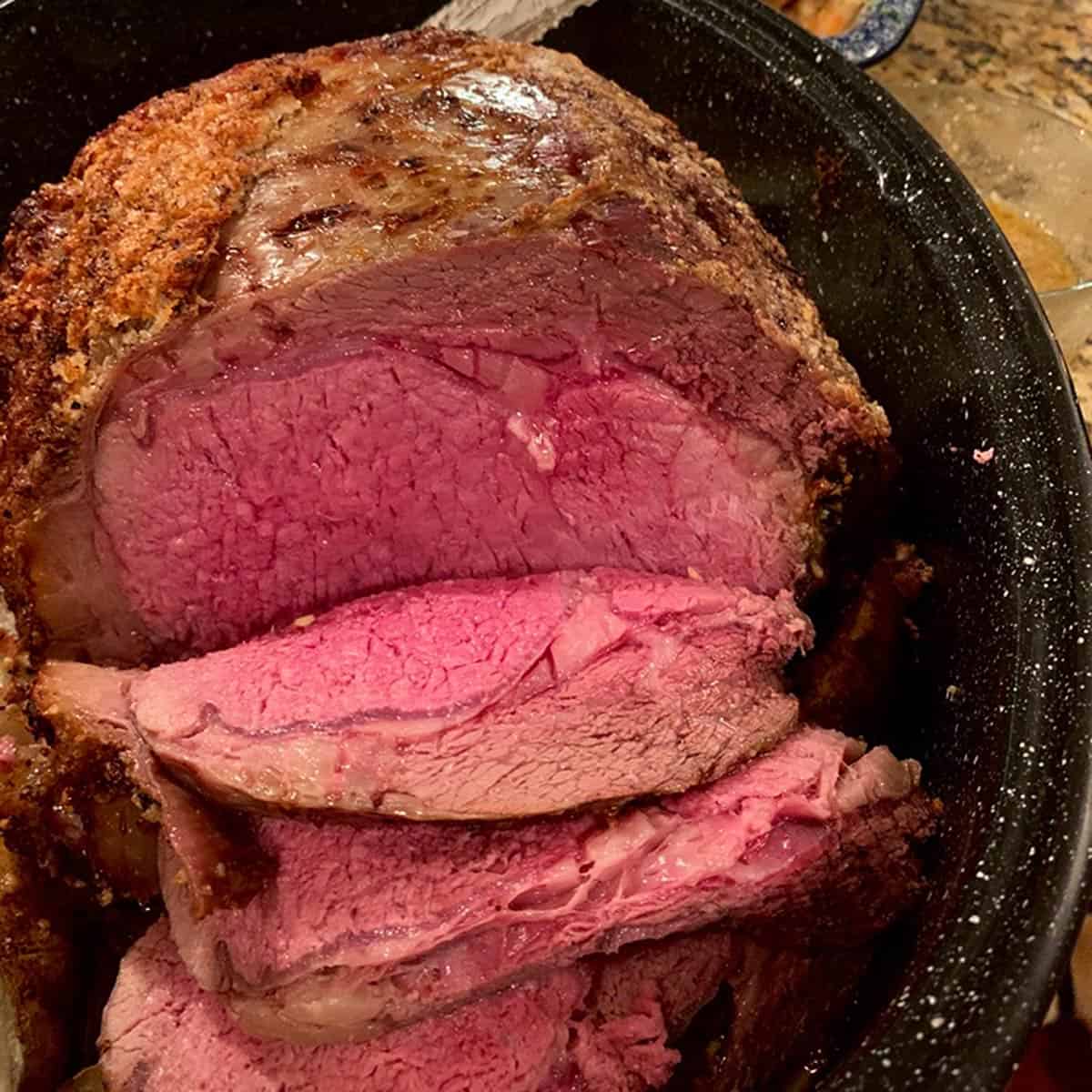
Table of Contents
- About this Prime Rib Recipe
- The Different Grades or Cuts of Prime Rib
- Bone-In or Boneless Prime Rib
- How to Season Prime Rib
- Two Ways to Make Prime Rib in a Roaster
- How to Make Prime Rib Based on Weight
- Top Tips for Making Perfect Prime Rib in a Roaster
- What goes with Prime Rib?
- How Use Leftover Prime Rib
- Prime Rib in a Roaster Recipe
- More Delicious Beef Recipes
About this Prime Rib Recipe
This is a meat lover’s post. If eating meat offends you, then please skip this one.
If however, you or someone close to you enjoys a sublime cut of beef now and then, this is a post you will want to take a closer look at. Like this recipe for cast iron fillet mignon, our prime rib recipe is the king of all beef recipes!
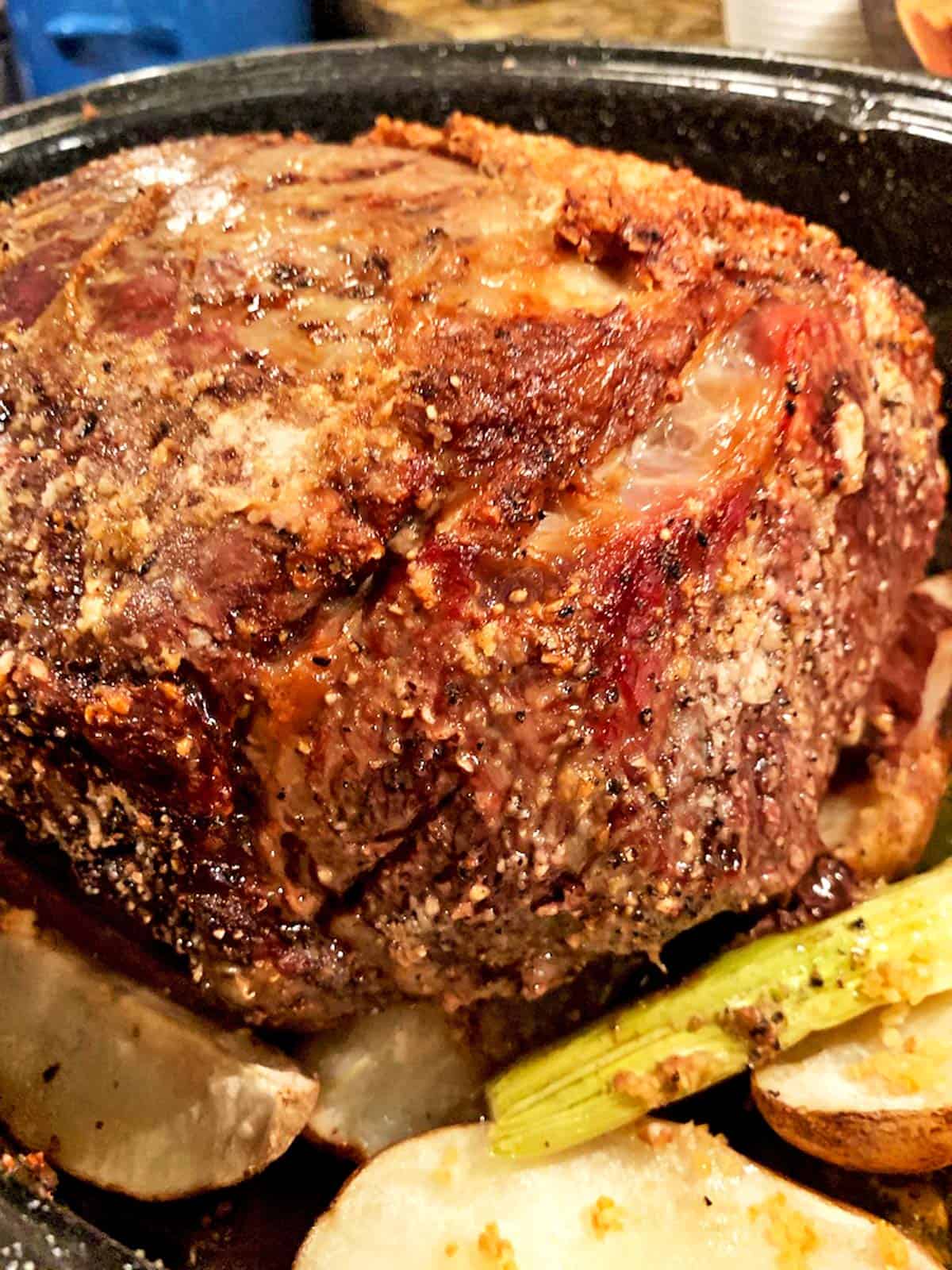
The Different Grades or Cuts of Prime Rib
When you look for one of these to buy, you may see that there are two grades to choose from.
- Prime Grade
- “Prime” is the highest grade and the most expensive, about 25% higher in price than the choice grade.
- The prime grade of this cut of beef is heavily marbled with streaks of fat to make it more tender and flavorful.
- Choice Grade
- “Choice” grade of prime rib is the second-highest rating and indicates beef that has less marbling.
- This is the type most often served in restaurants.
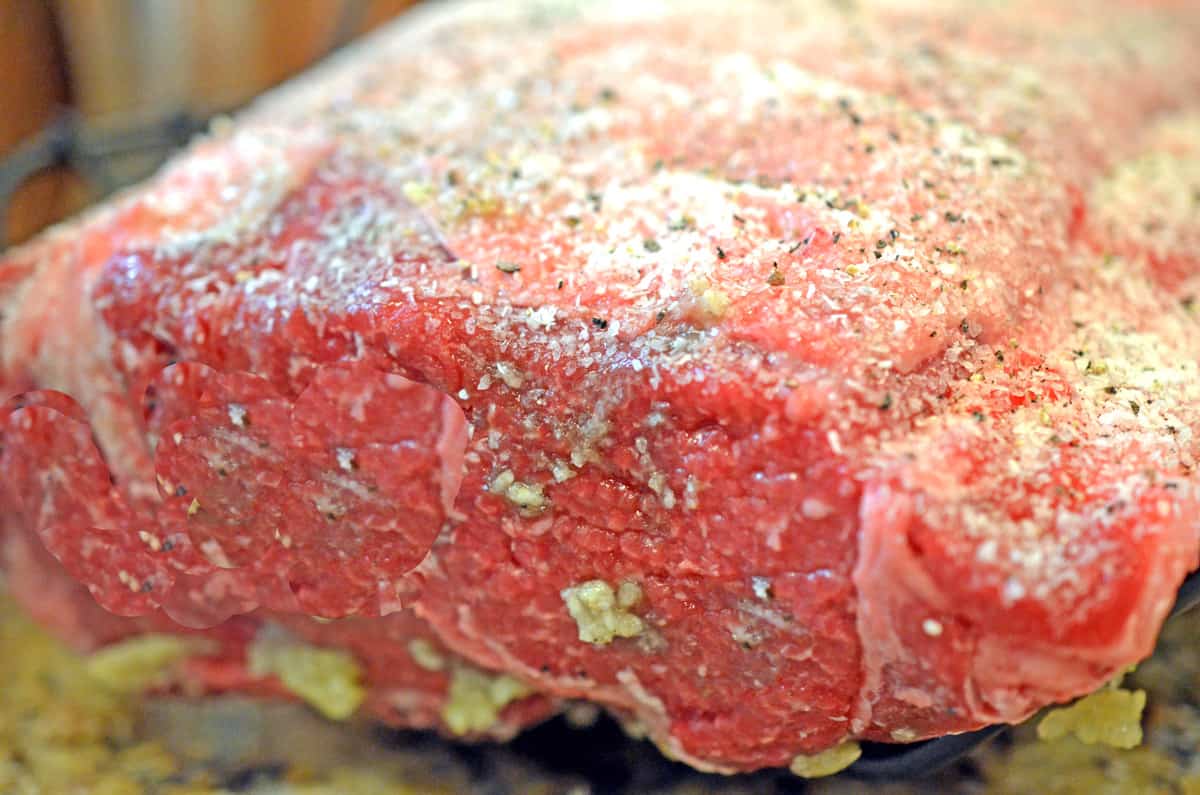
Bone-In or Boneless Prime Rib
When making your selection, besides choosing how to season it, you also have the option of “bone-in” or boneless. I don’t believe there is any difference in the flavor between the two.
- Bone-in
- Bone-in prime rib can be more challenging to slice.
- Figure on a pound per person with a bone-in roast.
- Boneless
- Easier to cut for serving.
- Figure on about 1/2 pound for each person.
If you choose bone-in, the roast should be placed in the roaster, with bone on the bottom.
I always recommend the prime rib from Snake River Farms. Besides great quality and taste, they are delivered to your front door. How’s that for making your life easier?!
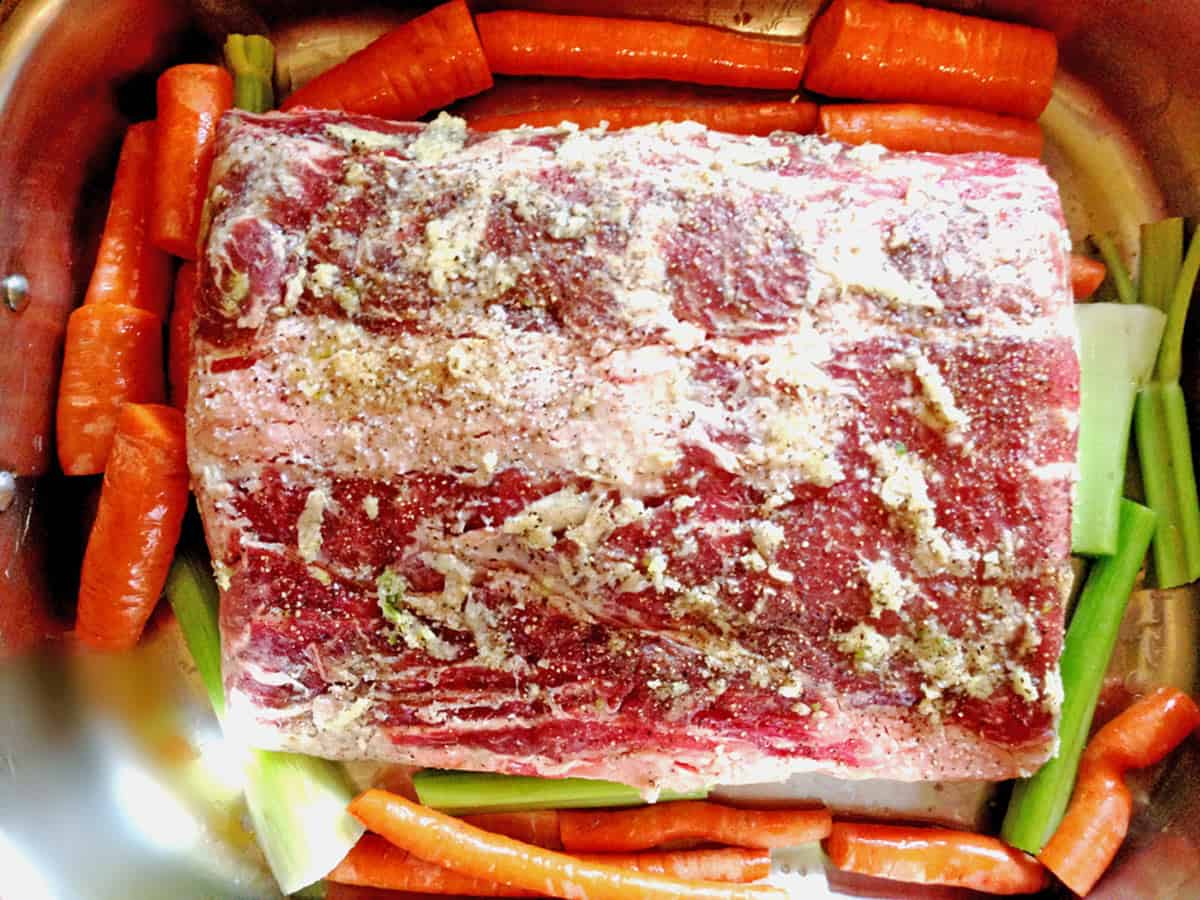
Start at Room Temperature
Take the meat out of the refrigerator a couple of hours before you place it in the oven. Allowing it to reach room temperature before roasting helps ensure that it roasts evenly throughout.
How to Season Prime Rib
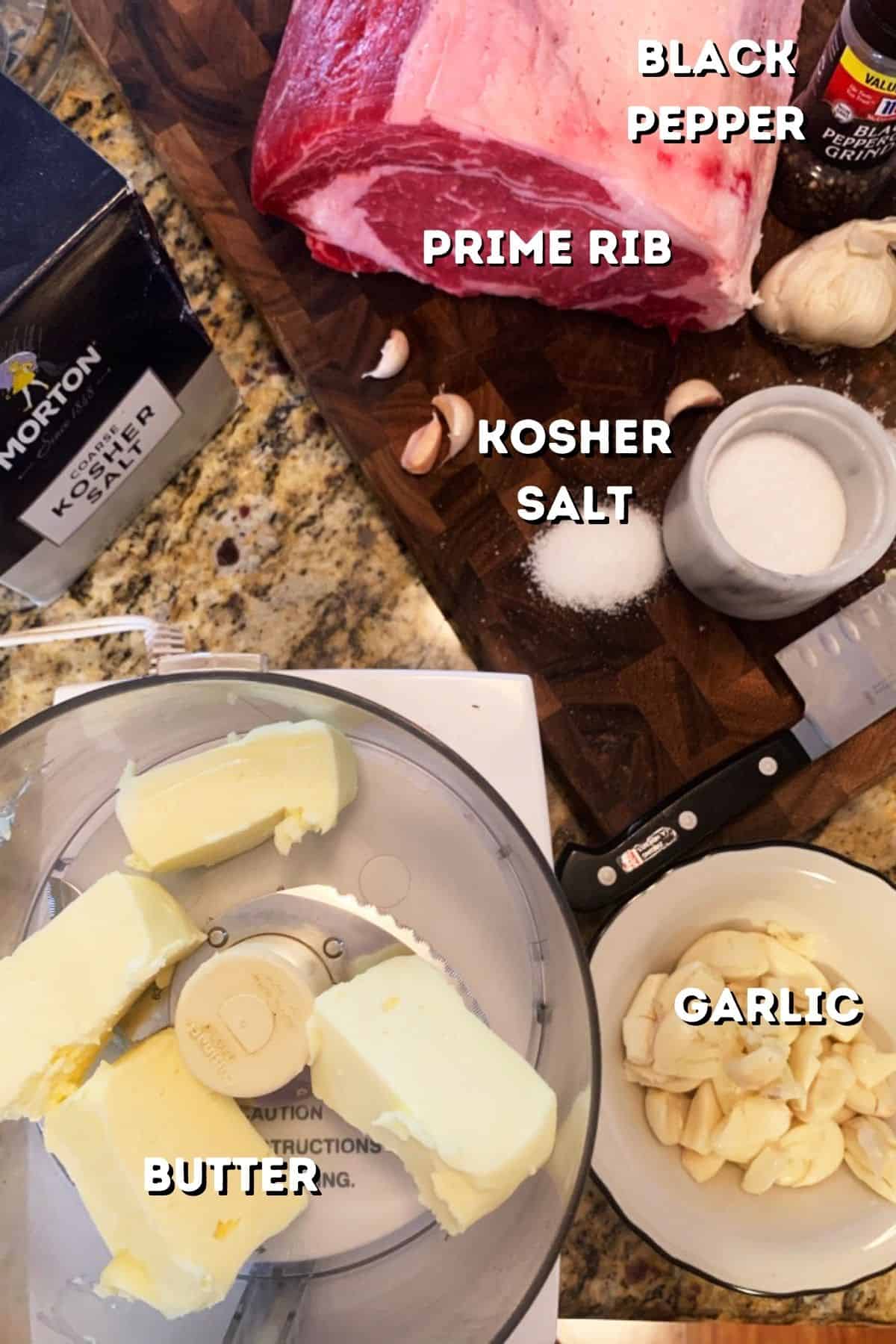
For the best prime rib, all you need to season it with is garlic, salt, and pepper.
- Garlic
- Chop or mince the garlic and then use your hands to apply an even coat around the meat.
- Salt
- Apply a generous layer of salt around the entire roast.
- I prefer to use kosher salt for it’s larger crystals.
- Pepper
- Sprinkle a generous layer of fresh ground black pepper around the entire beef roast.
Allow the seasoning to flavor the meat for an hour or two while it sits on your counter-top.
The Fat Cap
A standing rib roast will have a fat cap that insulates the meat while it cooks and adds some nice flavor under high heat.
Score the fat pad (without cutting into the meat), to allow some of the seasoning to penetrate the meat for added flavor and rendering.
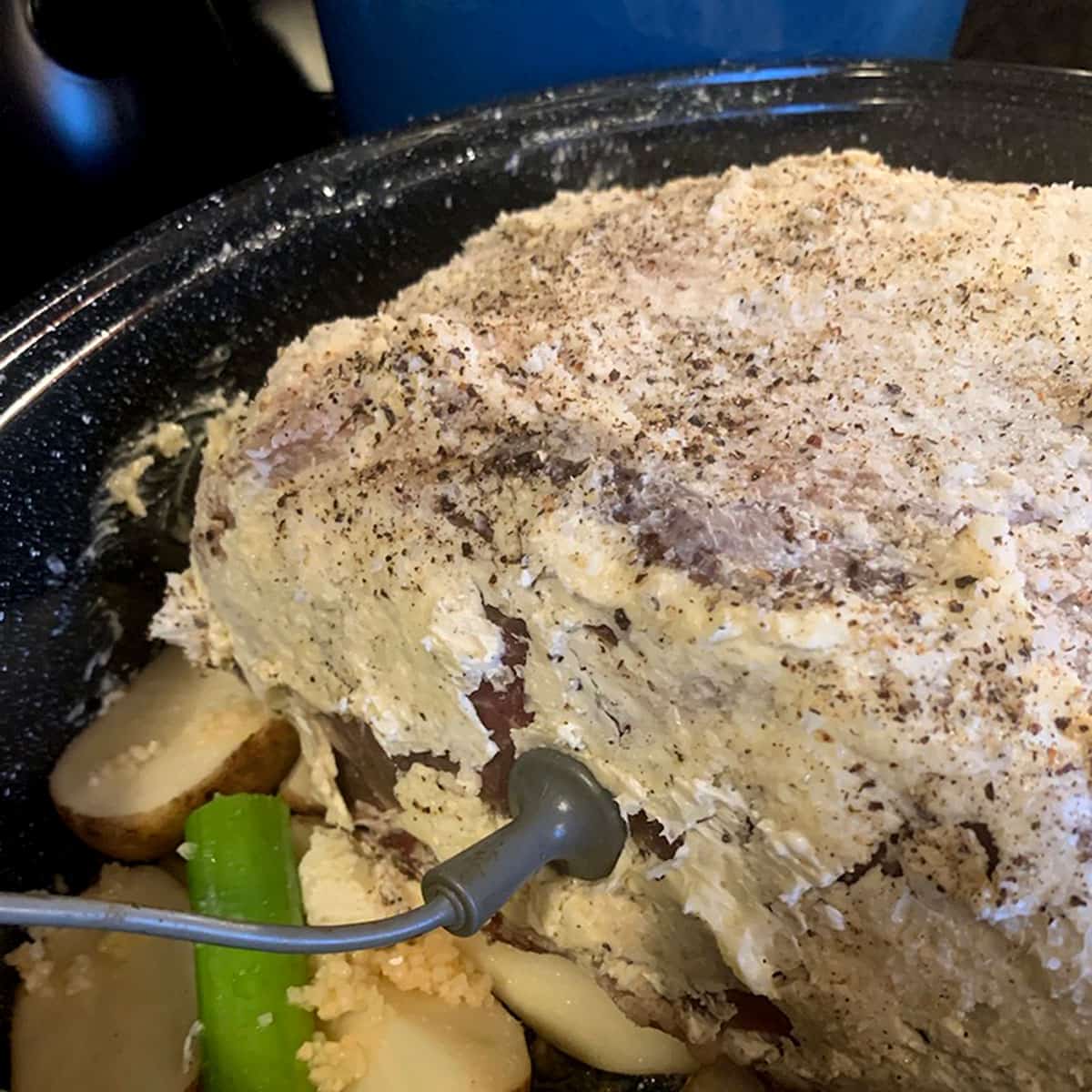
Using Garlic Butter as a Seasoning
In the above photo, I compounded about a half-pound of butter along with a head of minced garlic. I rubbed this garlic butter compound all over the meat and then added the kosher salt and pepper.
In addition to the extra flavor, the butter provides a nice crispy finish to the exterior surface of the meat.
Two Ways to Make Prime Rib in a Roaster
I use two methods of making a standing rib roast; both give me the same excellent results.
Want to Save This Recipe, Friend?
One method is temperature-based; the other is all about time. Both methods have a couple of things in common:
- Both start with a high oven temperature, which is lowered.
- Both use “carryover cooking, which is when the meat continues to cook after it is removed from the oven.
Let’s take a look at both of these methods.
Temperature-Based Method of Making This
- Remove the roast from the refrigerator a few hours before placing it in the oven to allow it to come to room temperature.
- Season all sides of the beef as shown above.
- Preheat oven to 400° F.
- Place in oven.
- Reduce heat to 300°
- Keep prime rib in the oven until it is 5-7°F less than this temperature guide below.
- Remove from oven and tent loosely with foil for 15 minutes to allow for carryover cooking.
| Preferred Doneness | Degrees F | Degrees C |
|---|---|---|
| Rare | 120°-130° | 49°-54° |
| Medium Rare | 130°-134° | 55°-57° |
| Medium | 135°-144° | 58°-62° |
| Medium Well | 145°-154° | 63°-67° |
| Well Done | 155°-164° | 68°-73° |
Time-Based Method
This method is a bit simpler as there is not temperature measuring involved.
- Same as step one above.
- Same as step two above.
- Same as step three above.
- Reduce heat to 375° when you put your roast in the oven.
- After one hour, turn the oven off (do not open the door).
- An hour before you want to eat, turn the oven back on to 375°.
- Roast for an hour at 375° and then remove from oven, tent the meat loosely with foil and allow to rest for 15 minutes before carving.
For Both Methods:
Place rib on a few stalks of celery or some potato wedges (slathered with olive oil or melted butter.
The celery will give the au jus some nice flavor, and the potatoes are a great one-and-done side dish!
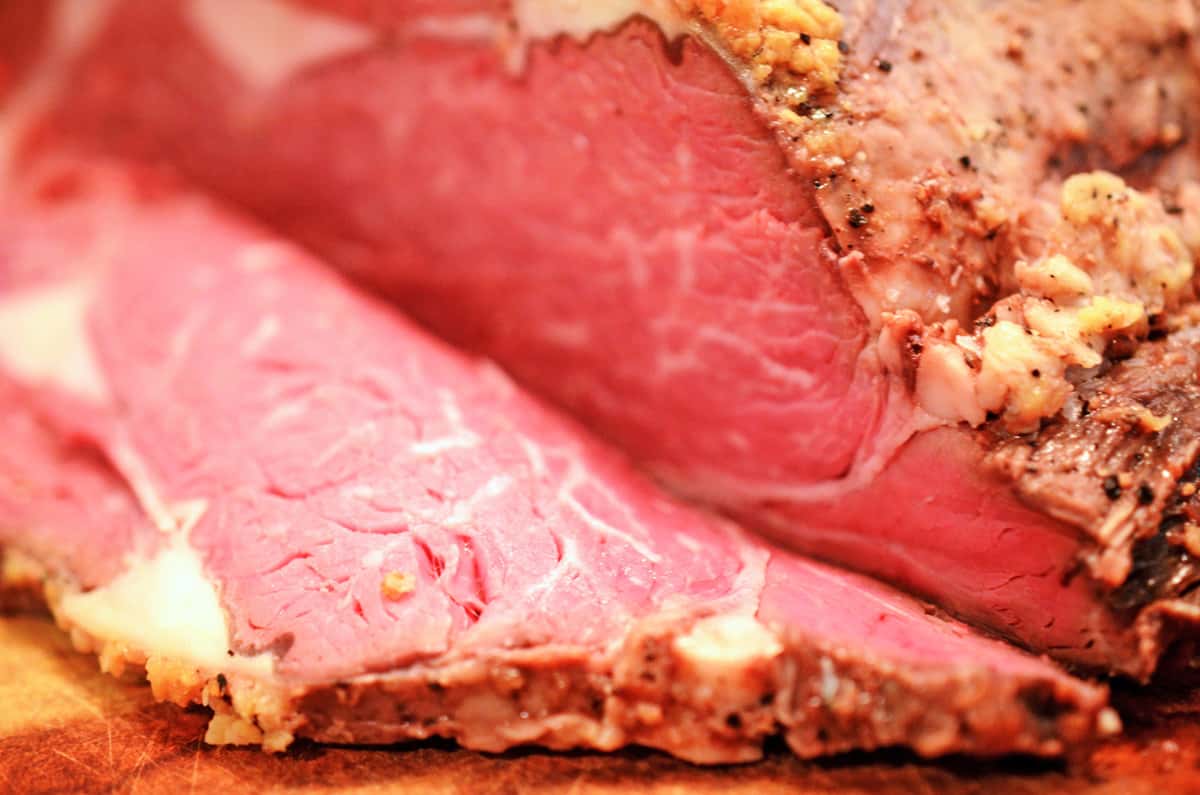
If you want to treat yourself to something special and delicious, consider learning how to roast prime rib.
Although you can season an oven-roasted prime rib with anything, I use just three or four ingredients in my seasoning:
- Fresh garlic
- Kosher salt
- Fresh ground pepper
- Sometimes butter
How to Make Prime Rib Based on Weight
To determine the cooking time for a prime rib (or standing rib roast) based on its weight, you’ll typically follow these basic steps:
- Weigh the Roast:
- Get the exact weight of your prime rib. It’s usually sold by the pound.
- Room Temperature:
- Allow the roast to sit at room temperature for about 2 hours before cooking. This ensures more even cooking.
- Preheat Oven:
- Preheat your oven to the initial roasting temperature, which is commonly around 450°F (232°C) for a short period, then you’ll reduce it later.
- Calculating Cooking Time:
- For Medium Rare: A common guideline is to cook the prime rib for 15 minutes per pound at the high temperature, then reduce to around 325°F (163°C) for the remaining time, which can be estimated as follows:
- Rare: About 11-12 minutes per pound.
- Medium Rare: Approximately 13-14 minutes per pound.
- Medium: About 14-15 minutes per pound.
- The exact time can vary based on your oven and the size and shape of the roast. Use these numbers as a starting point.
- For Medium Rare: A common guideline is to cook the prime rib for 15 minutes per pound at the high temperature, then reduce to around 325°F (163°C) for the remaining time, which can be estimated as follows:
- Use a Meat Thermometer:
- The most accurate way to know if your prime rib is done is to use a meat thermometer. Insert it into the thickest part of the roast, not touching bone or fat.
- Rare: 120-125°F (49-52°C)
- Medium Rare: 130-135°F (54-57°C)
- Medium: 135-140°F (57-60°C)
- Resting Time:
- After roasting, let the meat rest for at least 20 minutes before carving. This allows the juices to redistribute throughout the meat, making it juicier and easier to carve.
Remember, these are guidelines and can vary based on individual ovens, the exact cut of the meat, and personal preference. Always use a meat thermometer to ensure the desired doneness.
Top Tips for Making Perfect Prime Rib in a Roaster
- Choose a prime rib with a good amount of marbling. This will retain moisture and add flavor as it cooks.
- Use a dry rub or a wet marinade to flavor the meat. Some common ingredients in a dry rub or marinade include garlic, rosemary, thyme, and mustard.
- Be sure to let the prime rib come to room temperature before cooking it, as this will help it cook more evenly.
- Have a meat thermometer on hand to monitor the internal temperature of the prime rib as it cooks, as this will help you achieve the desired level of doneness.
- Let the prime rib rest before slicing and serving it, as this will allow the juices to redistribute and make the meat more tender.
What goes with Prime Rib?
You can serve almost any favorite salad or side dish with prime rib but a word of caution: This entree makes a lot of food! In other words, you may want to go light on the sides.
This mandarin orange salad is easy to make and makes a nice compliment to any beef dinner. Also, maple-glazed rainbow carrots, homemade crusty bread, garlic mashed potatoes, and this dreamy-good mushroom sauce are all good choices to go with prime rib.
How Use Leftover Prime Rib
- Prime Rib Phyllo Pot Pie
- Savory and simple comfort food that is the perfect home for any leftovers.
- Leftover Prime Rib Enchiladas
- A versatile and delicious leftover recipe the whole family loves.
- Leftover Beef Tacos
- This easy recipe for tacos and versatile and can be made with leftover beef, chicken, or pork.
Give this recipe a try; chances are if it is your first time this luxurious meal, it will not be your last.
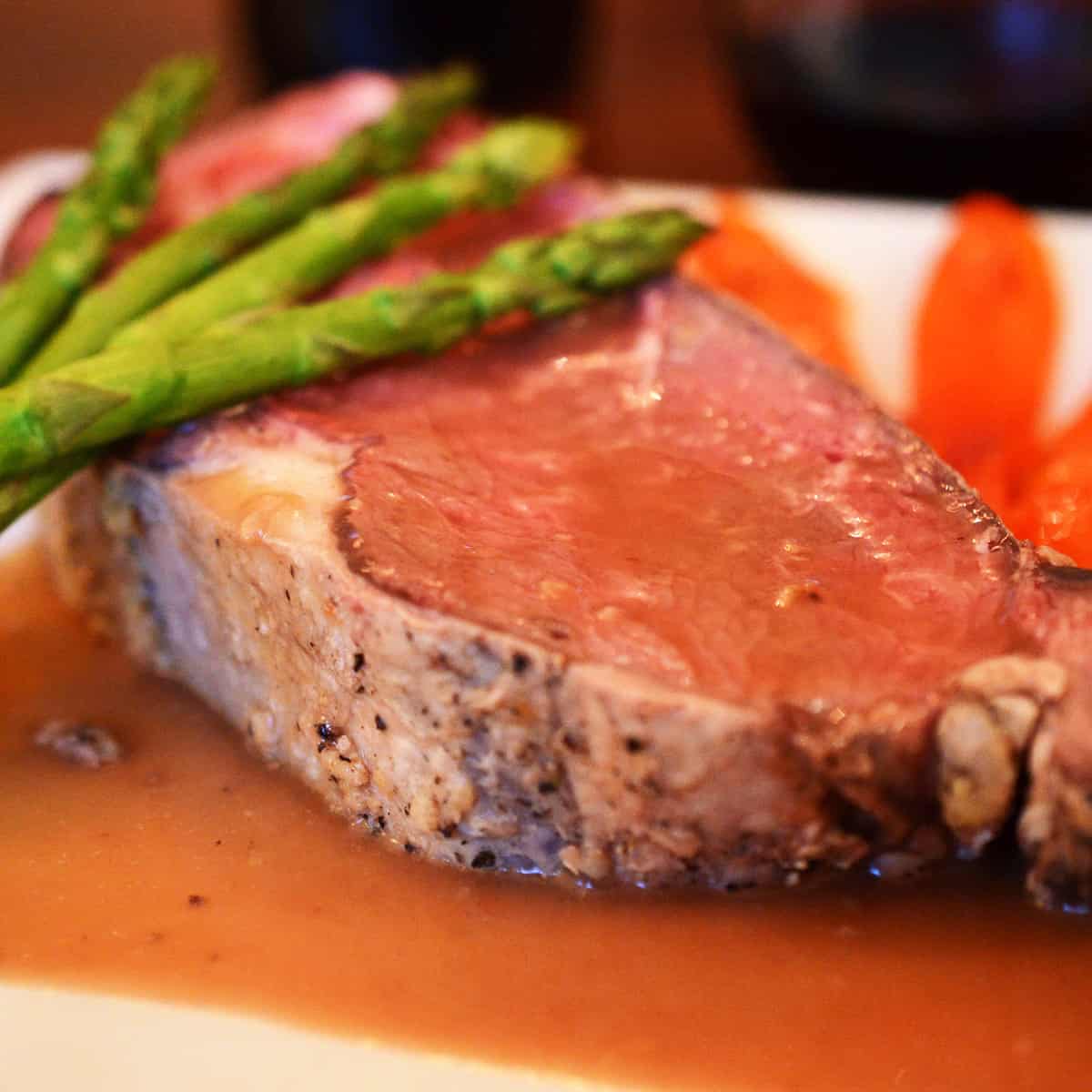
For those are are looking for learning more about the best way to make prime rib, take a look at the article below.
This post is dedicated to my sister Ann, who we lost far too early. One of the funniest and smartest people I have ever known, I miss you every day and will always be thankful for the love, the laughter, and the incredible food you fed me and the many lessons on how to roast prime rib.
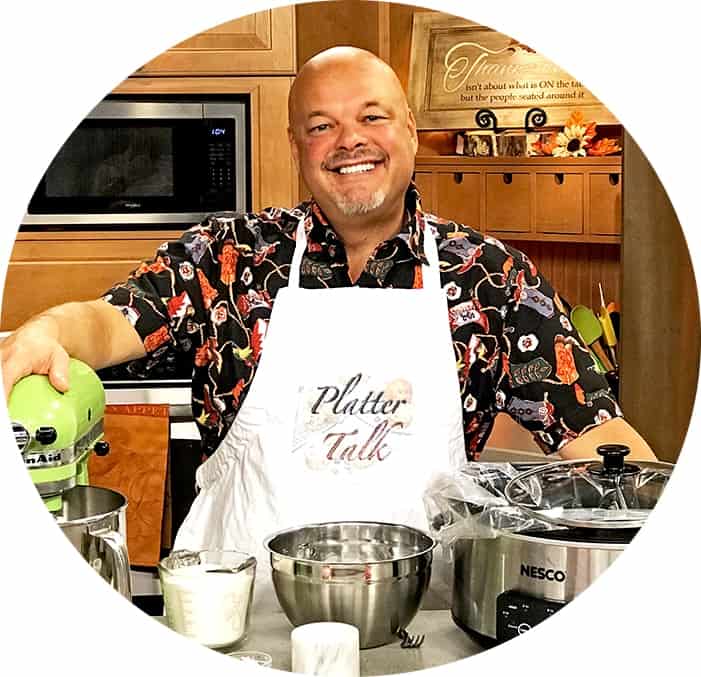
👨🍳 Tried this Recipe? Please leave a ⭐⭐⭐⭐⭐ rating in the recipe card below and leave a comment. We love hearing from our readers!
⏩ Stay in touch with us on social media by following us on Facebook, Pinterest, Instagram, and YouTube!
📬Get our Recipes delivered to your inbox for FREE!
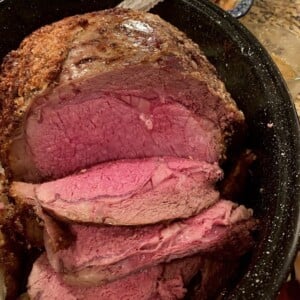
Prime Rib in a Roaster
Want to Save This Recipe, Friend?
Ingredients
- 7 lbs Prime Rib
- 5 cloves crushed fresh garlic
- Kosher salt, quantity dependent upon size of prime rib
- Fresh ground pepper corn
- 3-4 celery stalks for bed of roaster, optional
Instructions
- Apply non-stick treatment to bottom or roaster
- Lay celery on bottom of roaster
- Rub fresh garlic throughout surface of the roast.
- Apply a generous amount of kosher salt to outside of the meat, covering all sides.
- Next, evenly distribute fresh ground peppercorn.
- Place meat in roaster or baking dish, bone side down, if bone-in.
- Allow prime rib to set out at room temperature 2-3 hours prior to placing in oven
- Preheat oven to 400 degrees F.
- Place (room temperature) roast in oven for 20 minutes, uncovered.
- After 20 minutes, reduce heat to 300 degrees F.
- Roast until internal temperature of meat is 120 to 125 degrees F.
- Remove from oven, loosely tent with foil and allow to rest 30 minutes on counter top. This allows for “carry-over” cooking where the rib will continue to cook after removal from oven.
- While carry-over cooking is occurring, into medium size saute pan, drain all the juice from the roaster except for two tablespoons.
- Over medium low heat, warm the juice and stir in 1 tablespoon flour. Salt and pepper to taste and stir. The au jus will be thin and should remain so as it is not gravy but rather a supplementary condiment to provide flavor, juice, and warmth.
Notes
- Wondering what size prime rib to use? Figure on 8 to 12 oz. per serving. This generally allows for plenty plus a little left over.
- Use very generous amount of kosher salt when initially seasoning meat.
- Roaster should not be over sized relative to size of prime rib. Optimally, it should just fit, without touching sides of container.
- The above method and temperature should give you a cut of medium-rare. With this roast, it is always best to err on the side of rare. If the cuts are too rare for guests, the meat can quickly be finished off in a saute pan, stove top. This is usually possible in a very short period of time, a minute or less over medium high heat.
- Allowing the roast to set, loosely tented with foil, is vital for attaining the correct level rareness. Equally important, it allows the juices of the rib to be reabsorbed into the meat, resulting in a succulent and juicy serving of beef.
- Finally, do not open the oven door while the roast is cooking, unless you need to check the temperature.
Nutrition
Nutrition information is automatically calculated, so should only be used as an approximation.
More Delicious Beef Recipes
Grill and Smoker Recipes
The BEST Traeger Smoked Beef Tenderloin
Grill and Smoker Recipes
Best Cuts of Beef to Smoke (and Smoked to Perfection)
Grill and Smoker Recipes
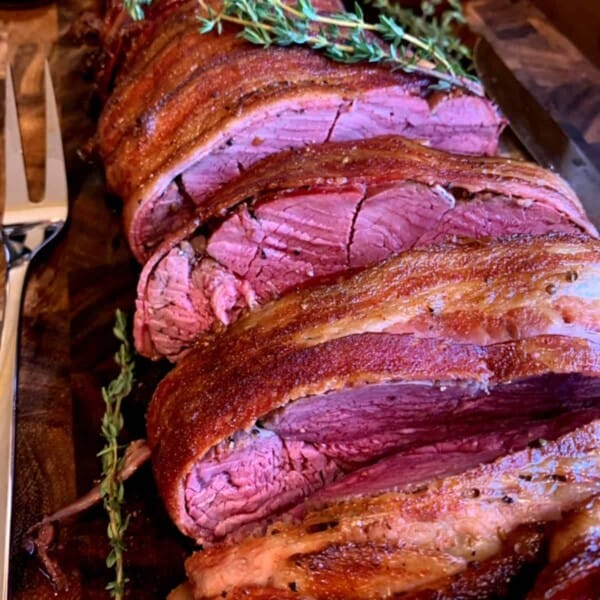
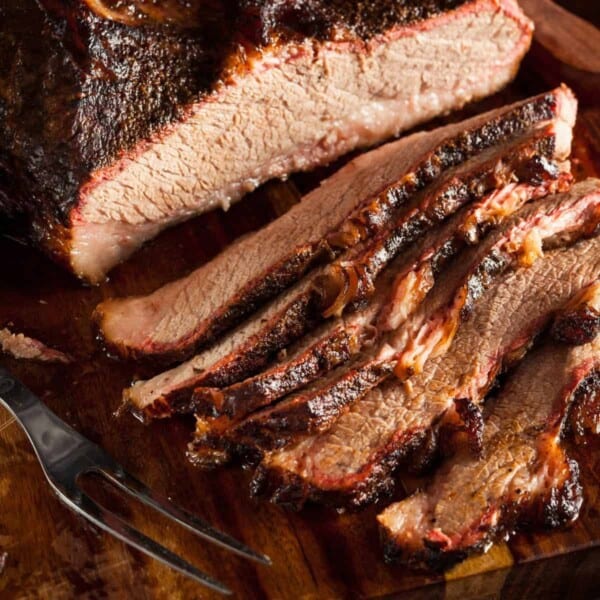
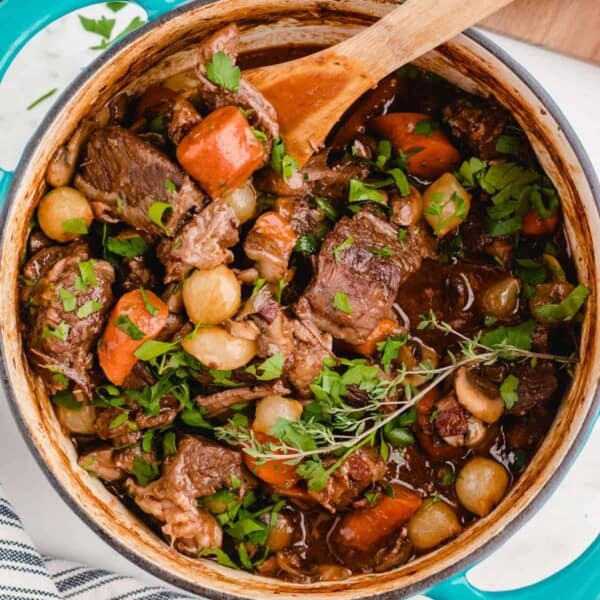
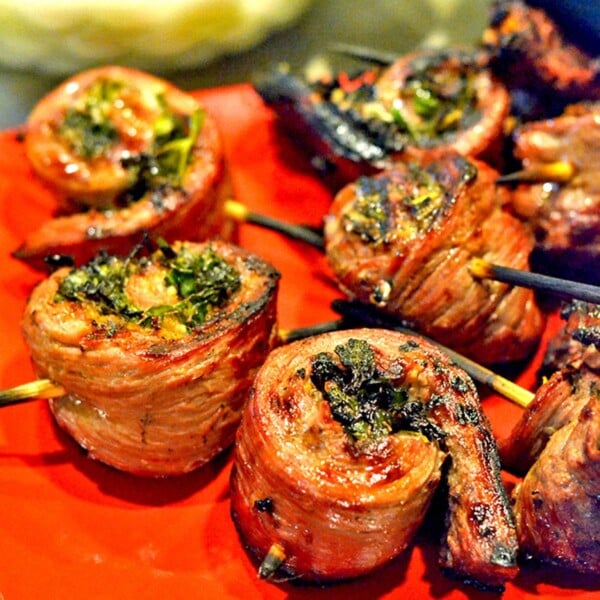
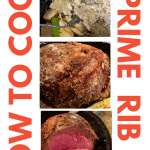
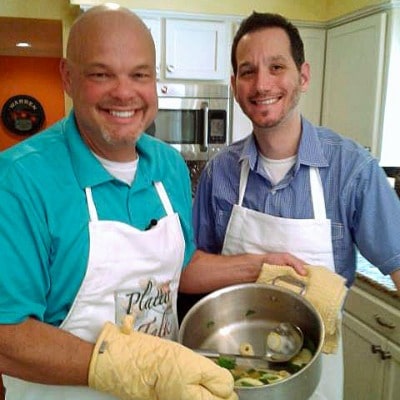











This seriously made my mouth water! Do you have a couple seats left at the table!?
The hubs would LOVE this– maybe you can deliver it to him hahaha
What a lovely tribute to your sister!
Mmmm….oh my what a delicious roast, what time is dinner?
That looks sooo good, it almost made me cry. 🙂 What time is dinner? Ann would be proud I am sure.
Thanks, Kecia. You’re welcome for dinner anytime!!
You have absolutely blown me away with this recipe! Stunning beyond words and undoubtedly delicious! Happy Holidays!
Thanks so much, Linda and the same to you and yours!
Perfect for the holidays! Looks great.
Thanks, Peter!
Wow, you have me salivating at 8am, this looks incredible. This is my kind of post.
Thanks, Janette – a very good sign!! 🙂
This is a great post Dan. We splurge on Prime Rib for holiday dinner when we want to ‘celebrate’ something that has been meaningful to our family that year. It’s a wonderful meal!
Happy Holiday!
Joanne, I agree completely and as a bonus, our boys LOVE this meal!
Where have you been all my life? No seriously, why am I just now finding your blog? So Prime Rib, yum, we make a Prime Rib roast every Christmas. And now how we cook ours? Our rotisserie! Do you have one? If so this is a must to cook it in there, it savors every juice, and flavor! Anywho, please link up at Worthwhile Wednesdays http://www.craftyallieblog.com/2014/12/worthwhile-wednesdays-48.html, I’d love to have you guys! Also if you want to party some more, our monthly Pinterest Party is going on this Friday as well.
TTFN,
Allie http://www.craftyallieblog.com
We’re happy you found us too, Allie! Please, pass us around and you can bet we’ll be dropping by your link parties!